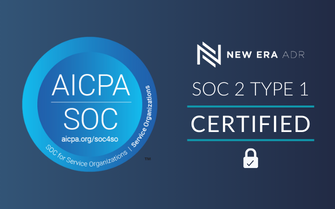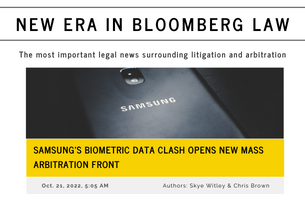
Admittedly, some of the statistics in this article are dated, but you can likely assume that they have done nothing but grow over time and they will almost assuredly boggle your mind.
In 2010, the Lawyers for Civil Justice, Civil Justice Reform Group, and the U.S. Chamber for Legal Reform (the “Research Group”) submitted a survey of litigation costs to the Committee on Rules of Practice and Procedure Judicial Conference of the United States.
The Research Group mailed a survey to the entire Fortune 200 and received a response rate of 20%. They found the following:
- In 2008, the average outside litigation cost per company was $115 million, increasing at 9% per year. At that growth rate, the average annual litigation cost per company would be approximately $352M through 2021.
- Litigation costs in the U.S., compared internationally, were 4x to 9x higher as a percentage of revenue.
- On average, nearly 5 million pages of documents were produced in cases that went to trial, but only 4,772 pages were actually used as exhibits. That’s a 1000:1 ratio!
- The average cost of discovery ranged between $621,880 and $9,759,900.
- Of the 36 survey participants, the total aggregate litigation spend in 2008 was $4.1 billion.
The Research Group’s central conclusion was that the mandate of Rule 1 of the Federal Rules of Civil Procedure: “the just, speedy, and inexpensive determination of every action and proceeding…” was not being upheld.
The reality is, the way civil litigation is currently structured, access may either be prohibitively expensive for individuals and smaller businesses; or, for larger businesses that do have substantial free cash flow, litigation costs can end up being a material percentage of gross revenue, directly eating into profits available for headcount, research, and development.
Clearly, the Federal Rules of Civil Procedure contemplate a justice system that provides equal access and “inexpensive” costs associated with the same. But the current litigation paradigm is not reflective of that intent. The Research Group created the survey with the purpose of advocating for change, but that change has not been realized, even 13 years later.
It is imperative that we find alternative ways to provide dispute resolution services to the public.
The costs and expenses simply aren’t sustainable for anyone, save for the wealthiest of companies. We need to remove the focus from the costliest aspects of litigation, such as motion practice and discovery, and focus on what is important: the underlying facts. We need to provide better mechanisms to the parties and their attorneys to engage in true advocacy and storytelling instead of the shuffling of paper.
When the Supreme Court adopted the Federal Rules of Civil Procedure in 1938, including the thematic statement within FRCP 1, it’s unlikely they envisaged the current state of our civil justice system. If we are to continue calling our justice system the “best in the world,” we need to embrace the Supreme Court’s original vision, advocate for change, develop new mechanisms for litigation, embrace technology, and provide true access to everyone.




